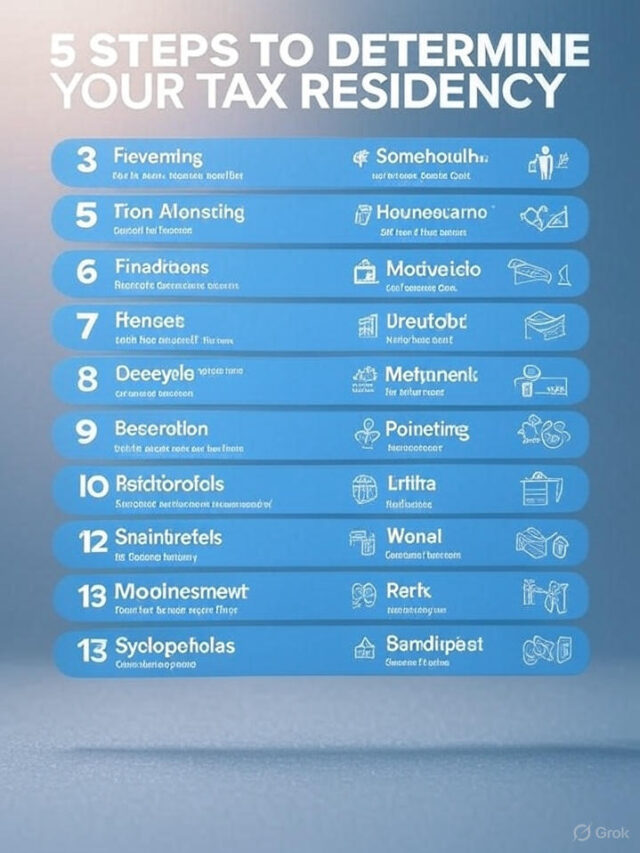Plan to Buy a New Car: Hybrid SUV with a Budget of $10K to $30K

Buying a new car can be an exciting experience, but it requires careful planning to ensure you get the best deal that matches your preferences and budget. Here’s a step-by-step plan to help you purchase a fuel-efficient, safe, and tech-savvy hybrid SUV within a budget of $10K to $30K.
1. Set Clear Priorities Before Plan to Buy a New Car:
Since you’ve already outlined your main priorities—fuel efficiency, safety, and tech features—these will guide your search for the perfect hybrid SUV. Here’s how these aspects impact your choice:
- Fuel Efficiency: Hybrid vehicles offer great mileage by combining gas engines with electric motors, reducing fuel consumption. In a hybrid SUV, you can expect between 35-45 mpg, depending on the model.
- Safety: Advanced safety features like adaptive cruise control, automatic emergency braking, lane-keeping assist, and blind-spot monitoring are critical. These should be prioritized in the vehicle’s tech package.
- Tech Features: Consider features like a user-friendly infotainment system, smartphone integration (Apple CarPlay, Android Auto), built-in navigation, parking sensors, and backup cameras.

2. Research Available Hybrid SUVs in Your Budget
For a budget of $10K to $30K, you’ll mostly find used and certified pre-owned hybrid SUVs, although some lower-end new models may also fit within your range. Here are some popular options that balance fuel efficiency, safety, and modern tech features:
- Toyota RAV4 Hybrid: Known for excellent fuel efficiency (up to 40 mpg), reliability, and a solid list of safety features like Toyota Safety Sense, which includes pre-collision systems, lane departure alerts, and dynamic radar cruise control. A used RAV4 Hybrid (2016-2019) would comfortably fall within your budget.
- Ford Escape Hybrid: A compact hybrid SUV offering a great balance of fuel economy (37-44 mpg) and technology. Features like Ford Co-Pilot360 (pre-collision assist, lane-keeping system, and more) make it a good option in the $20K to $30K range.
- Kia Niro: A smaller hybrid SUV with high fuel efficiency (up to 50 mpg) and plenty of tech. It includes UVO infotainment, safety features like blind-spot monitoring, and driver attention warnings. Certified pre-owned models can be found in your price range.
- Honda CR-V Hybrid: Known for excellent fuel economy (38 mpg combined), smooth ride quality, and plenty of safety features, including adaptive cruise control, lane-keeping assist, and collision mitigation braking system. A used or certified pre-owned CR-V Hybrid from 2020 or later may fit within your budget.
3. Explore Financing and Payment Options
Once you narrow down your options, it’s important to plan your financing carefully. Consider these steps:
- Trade-In: If you have a car to trade in, get it appraised to help offset the cost of the new vehicle.
- Loan or Lease: If paying upfront is not feasible, explore financing options through your bank or the dealership. Look for low-interest loans or special offers for hybrid vehicles. Some dealerships may also offer leasing options, which can help you afford a more expensive model while keeping monthly payments manageable.
- Down Payment: Plan to put down at least 10-20% of the car’s price to lower your loan amount and monthly payments. On a $30K car, for example, a down payment of $3K to $6K would be ideal.
4. Evaluate Ownership Costs
Owning a hybrid SUV has benefits, such as lower fuel costs, but there are other expenses to consider:
- Insurance: Check with your insurance company to get quotes for the models you’re considering. Hybrid vehicles may have slightly higher insurance premiums due to their expensive battery systems, but safety features may help lower costs.
- Maintenance: Hybrid vehicles usually require less frequent maintenance, but make sure the battery warranty is still valid, especially if you’re buying a used car. Repairs to hybrid components can be expensive.
5. Visit Dealerships and Take Test Drives
Once you’ve identified a few models that meet your needs and budget, it’s time to visit dealerships. Test drive each vehicle to assess its comfort, driving performance, and ease of use for tech features. Pay attention to visibility, ride quality, and how intuitive the infotainment system is.
6. Check for Additional Incentives and Rebates
Many states and local governments offer tax credits or rebates for buying hybrid vehicles. Look up available incentives for hybrid SUV purchases in your area. Some dealerships may also offer incentives for eco-friendly vehicles, so be sure to ask.
7. Make a Final Decision and Negotiate
Once you’ve done your research, taken test drives, and assessed the overall costs, it’s time to make a decision. Don’t hesitate to negotiate with the dealership to get the best price, whether on a new or used model. Be sure to clarify warranty terms, return policies, and any additional fees before finalizing the purchase.
By following these steps, you can confidently purchase a fuel-efficient, safe, and tech-loaded hybrid SUV within your budget of $10K to $30K. The key is to research thoroughly, compare options, and plan your finances carefully. Happy car shopping!










